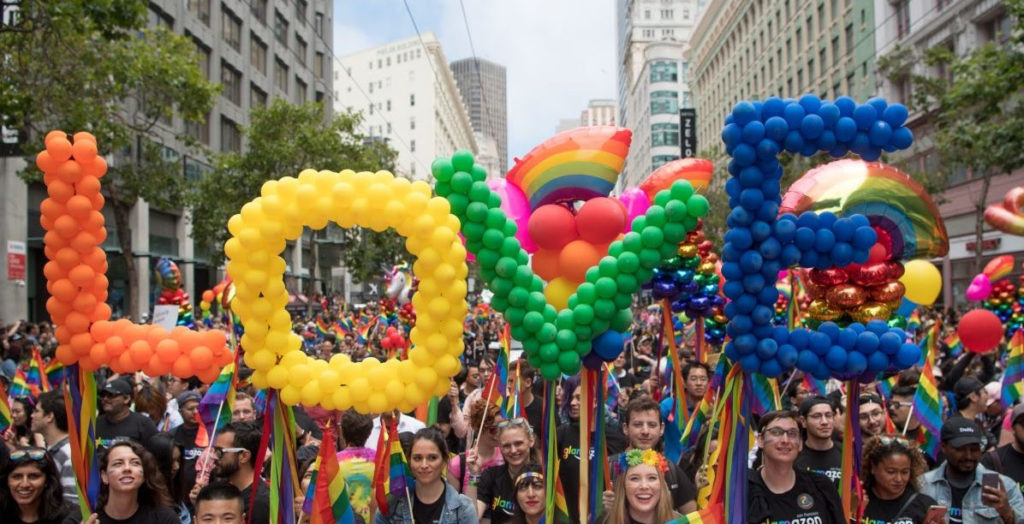
As we all know, July is Pride Month in Battle Creek – a time to celebrate what it means to be lesbian, gay, bisexual, transgender, questioning… and you. But there are a few things about Pride Month we bet you didn’t know about. For example…

1. Bill Clinton was the first sitting U.S. president to officially recognize Pride Month.
On June 11, 1999, President Bill Clinton issued Proclamation No. 7203. It was the first time a U.S. president had officially recognized June as Gay and Lesbian Pride Month.
Clinton’s successor, President George W. Bush, did not recognize Pride Month during his eight years in office. President Barack Obama, however, followed Clinton’s example, marking Pride Month – and expanding it to include bisexual and transgender Americans – every year he was in office. President Donald Trump did tweet about Pride Month in 2019, but never officially recognized the month. On June 1, 2021, President Joe Biden’s White House issued a proclamation recognizing June as Pride Month.

2. Brenda Howard is considered the “Mother of Pride.”
The mantle of “Mother of Pride” belongs to lifelong New Yorker Brenda Howard. Howard, a Bronx-born bisexual woman, organized the Christopher Street Liberation Day March and is hailed as one of the 20th century’s leading voices in bisexual rights and equality.
Howard’s activism spanned decades and led to multiple arrests for civil disobedience – including demonstrating for women’s health and the rights of those living with HIV and AIDS in the 1980s and protesting against the firing of a lesbian in Georgia in the 1990s. Howard passed away in 2003.

3. The Stonewall Riots were not America’s first LGBTQ uprising.
In May 1959, a group of LGBTQ individuals who were fed up with being mistreated by the police revolted at Cooper Do-Nuts in Los Angeles.
According to a 2015 article in Out magazine, the group, which was led by several transgender women, “pelted officers with donuts, coffee, and paper plates until they were forced to retreat and return with larger numbers.” It is the first documented LGBTQ uprising in U.S. history.

4. The creator of the famous rainbow flag was known affectionately as “the gay Betsy Ross”.
In the 1978 Gay Pride Parade in San Francisco, artist Gilbert Baker unveiled a flag with eight colors (“sexuality” symbolized by hot pink, “life” by red, “healing” by orange, “the Sun” by yellow, “nature” by green, “art” by blue, “harmony” by indigo, and “spirit” by violet).
The following year a six-color flag that’s commonly used today, appeared – with red, orange, yellow, green, blue (“harmony” replaced “art” as symbolized by blue in the flag), and purple/violet – partially because of the unavailability of some of the fabric colors. Baker dyed the fabrics and sewed the first flag himself, and thus became known as “the gay Betsy Ross.”

5. Not all Pride Months are held in June – or even July.
June is traditionally the month most communities celebrate Pride, as it commemorates the Stonewall Uprising. But not all Pride celebrations take place during the summer. Many Southern Pride parades occur in the autumn to take advantage of cooler temperatures. Atlanta Pride, Orlando Pride, and Kentuckiana Pride in Louisville all occur closer to National Coming Out Day on October 11 than they do the anniversary of Stonewall. Other events, such as Atlanta Black Pride (which is held on Labor Day weekend), occur throughout the year, meaning you can celebrate LGBTQ pride almost any time!
